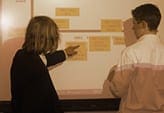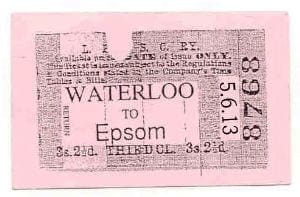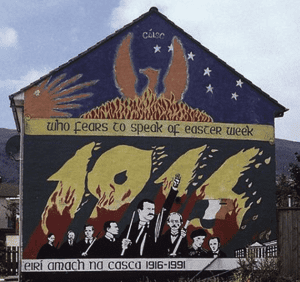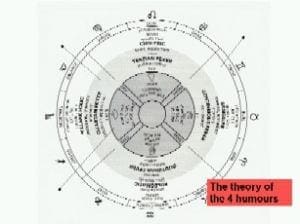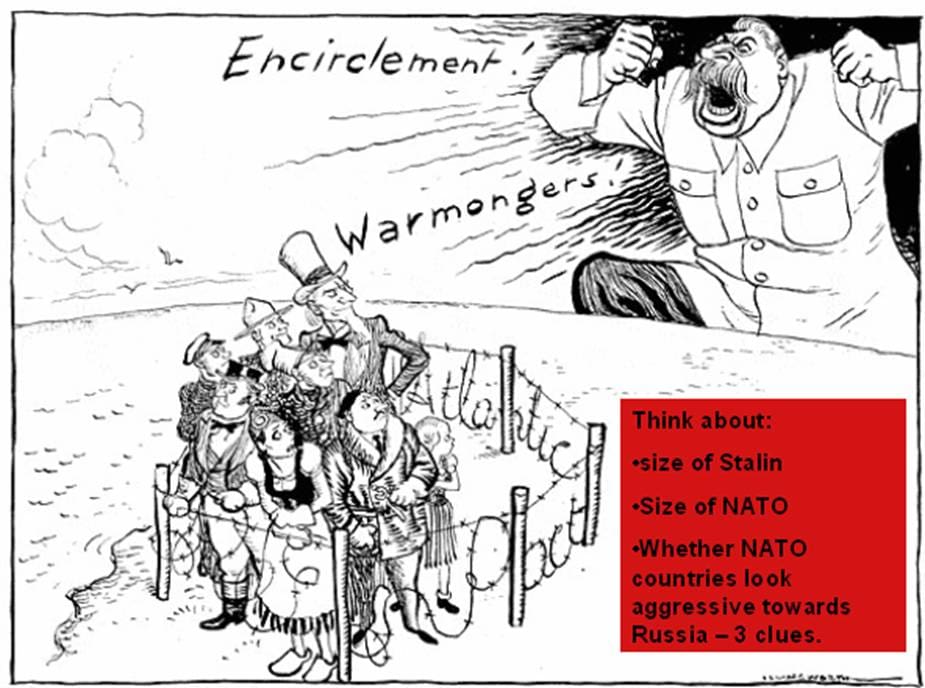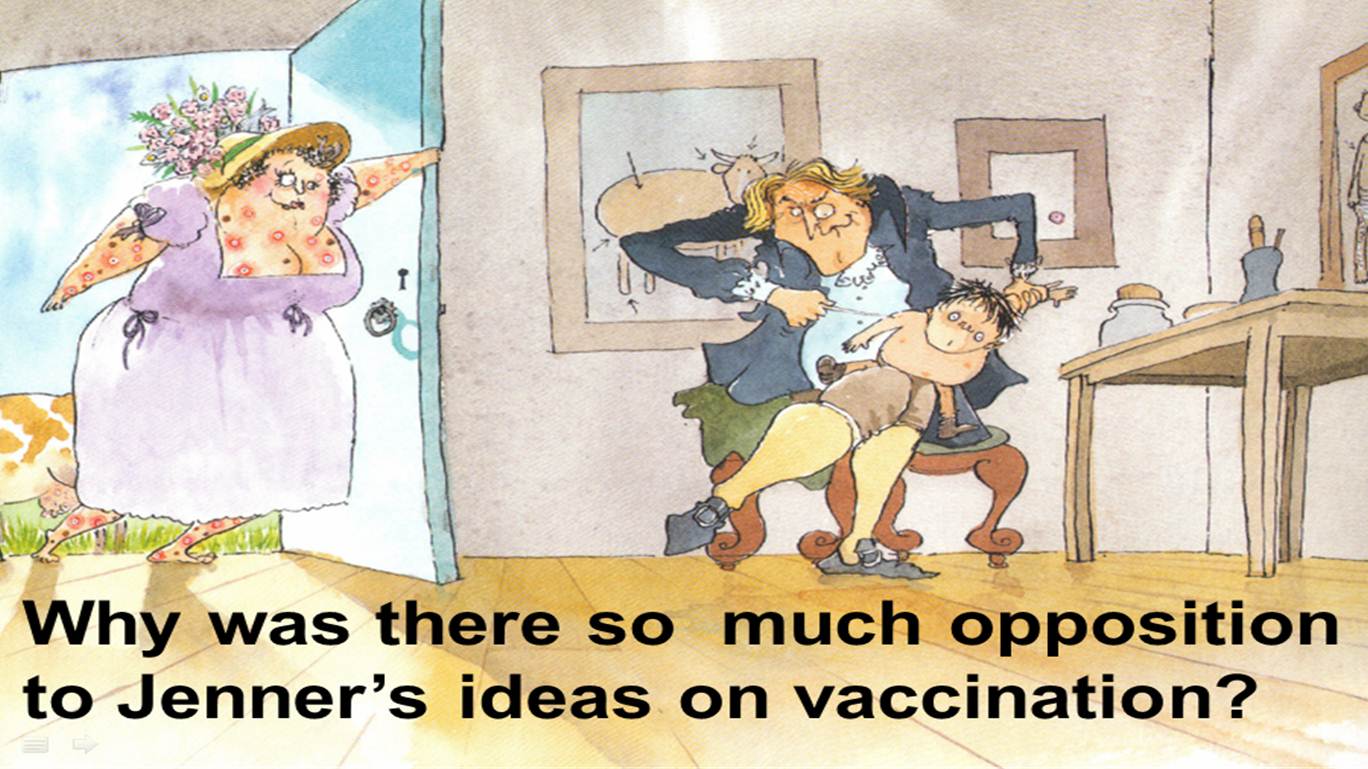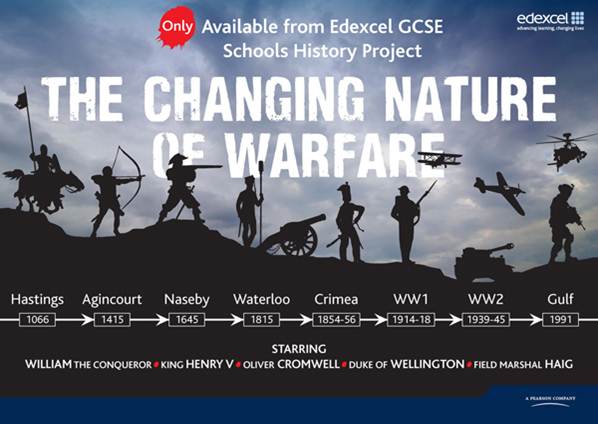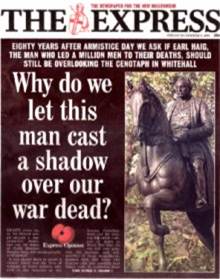
This active lesson asks students to work in teams to weigh up the arguments for and against the proposal of the title. Initially students are either researchers or witnesses, i.e historians or film directors etc. Working against the clock the researchers, working for either the YES team or the NO team, have to select which witnesses to go to first to find the evidence they need. Because time is limited they need to prioritise. This requires students to predict. Those who are witnesses have to summarise the argument they have been given when asked by the researchers.
The main arguments are quickly summarised orally, as a whole class, before the next phase. This involves all students in placing statements on cards on a continuum from ‘really powerful argument’ to ‘least powerful argument’ for both YES and NO. Then students are chosen to put forward their clinching arguments. Discussion then turns

